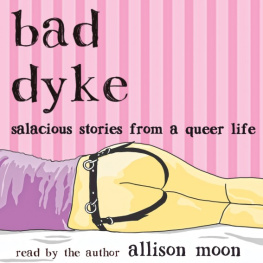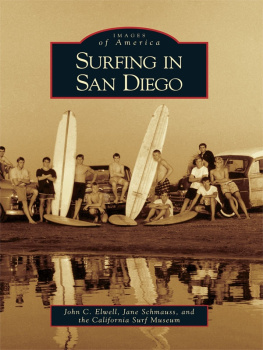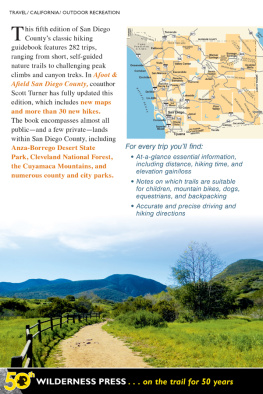CHAPTER I. THE EARLY DAYS.
THE BAY of San Diego was discovered in 1542, by Cabrillo, and named in 1602 by Vizcaino, who made a survey of it at the time. From the survey of Vizcaino over a century and a half rolled over its unbroken face until the ships of Padre Junipero Serra anchored within it. It was several years before the Indians were fully subdued, but they finally succumbed to the peaceful arts of the missionaries. Soon after the establishment of other missions in California, and the quieting and gathering in of the greater part of the Indians around the missions, settlers from Spain and Mexico began to come in, and later on a few from the United States, England, and elsewhere. Nearly all of these settlers obtained grants of large tracts of land from the Mexican Government, which have since been the cause of much litigation, envy, and quarreling. These grants were simply Mexican homesteads, given to settle the country just as the United States homesteads are given, for practically nothing.
Instead of selling a man, as the United States then did, all the land he wanted for $1.25 an acre, the Mexican Government gave it to him by the square league. The grants were made large partly as an inducement to the settler to go into such a wild and remote country, but mainly because the raising of cattle for the hides and tallow being the only industry, a large range was absolutely necessary for profit as well as the support of the band of retainers necessary for profit and safety. Instead of abusing the owner of a grant as a monopolist and a robber, the man who felt bad because he did not own a slice of it, should have remembered that he or his father or grandfather might have had it just as easily. But they preferred the luxuries of civilization to a rude life in a foreign country, both wild and remote, and which, as everyone then believed, would never be anything but a wild cattle range. The man who endured years of privation for its sake, could scarcely be blamed for wanting something for it. In some respects these large holdings have been an injury to California. But it is equally certain that the results have not been one-sided. Such improvements as have been made at Coronado Beach, Escondido, and many other places in Southern California, would have waited fifty years, had the land been half covered with ordinary farms. Riverside, Pasadena, and nearly all that is of much value in Los Angeles and San Bernardino Counties, owes its value to the fact that the control of the water, highways, and improvements of all kinds were in one hand.
Nevertheless the first effect of these large grants was to retard settlement. The county of San Diego, in common with the rest of Southern California, was then believed to be a veritable desert of sand, cactus, and horned toads, fit only for stock range at the rate of about one hundred acres to each animal. The owners of the large ranchos, who knew better than this, still believed the land fit only for stock range; and as they practically owned all the outside range, they naturally looked with jealousy upon the incoming of any farmers either to overstock the ranges or to make cultivated fields, upon which the cattle would trespass and cause trouble. Hence, it was for the interest of all these large owners to keep up the cry that the land was of no use for anything but stock, even had they not really believed it.
Under these influences the county remained virtually an open stock range, covered with many thousands of cattle and horses, for about twenty years after the admission of California to the Union. A very few persons had come in and attempted farming, some on large and some on small scales, but made a poor headway against low prices, wild cattle and their own ignorance of the land's peculiarities. Much quarreling and bad feeling between the new settlers and the old necessarily resulted. On the one hand the ranchero claimed that his lines embraced all available Government land in his vicinity, and ate out the crops of the granger with his cattle. In this he was aided by the sheep-man, who had for some time been a power in the land and who wanted all the public grazing for himself. On the other hand, too many a "granger" ignored all lines, declared all grants frauds, denounced his Government for recognizing vested rights, squatted in force upon what was unquestionably within the grant lines, and shot the ranchero's cattle not only in his grain fields, but in the hills. The cattle shot in the fields were left where they lay, but the beef upon which some of the new settlers kept fat came from the hills.
The "granger" increased so fast under the impetus given by the founding of New San Diego, the factfirst proved by J. S. Harbison, of Sacramento, who brought the first bees into California and into this countythat enormous quantities of fine honey could be raised here, and the fine climate, that he soon became a power in the land. The squatter, or "esquatero," as he was contemptously called by the sheep and cattle-men, finally walked off with the country, as he eventually will with the great cattle ranges of the great western basins. About 1870 he worked through the Legislature a law which broke up the old free range system which had been in use in all the new States of the West in their early days. Under this system damages for trespass by cattle could be had only upon proof that the land was protected by a fence of a certain size. The new law, or "no-fence law," as it was called, made the common law of England, by which every man must keep his cattle on his own land, the law of this county.
This law soon reduced the raising of cattle and horses to a minimum, because it was too expensive at that time to fence the large ranchos, and because the free range upon which cattle had heretofore run was practically destroyed. The sheep interest did not suffer, but improved in consequence of the law. Being under the care of a herder day and night, sheep could not trespass, and the amount of free range on public land was increased by the withdrawal of the cattle and horses. From this time sheep-raising, bee-keeping, and general farming became the leading industries, though on a few of the large ranchos, such as Santa Margarita and Santa Rosa, the cattle were retained. The ranchos remained, however, closed to settlement, as the owners did not care to admit a few small farmers, and there was then no probability of getting settlers enough to make subdivision profitable. El Cajon, San Dieguito, and La Nacion were for many years the only ranchos open to settlement, and the farmer had to seek such spots as lay around the grants or in the small valleys in the surrounding hills. Some very valuable tracts, such as Poway, Fallbrook, and San Pasqual, never were included in grants and were speedily taken up. Hundreds of other small tracts were scattered over the land in pieces of from one hundred to a thousand acres or more, and of these the smaller ones were gradually settled, until it became nearly impossible to find forty acres of good, arable Government land west of the desert divide San Jacinto was opened to general settlement in 1882, Escondido in 1886, Ex-Mission in 1885, Santa Maria in 1886, San Marcos in 1887, Temecula in 1883. But many of the large grants still remain closed, though it will be but a short time before all of them are upon the market in small tracts.





